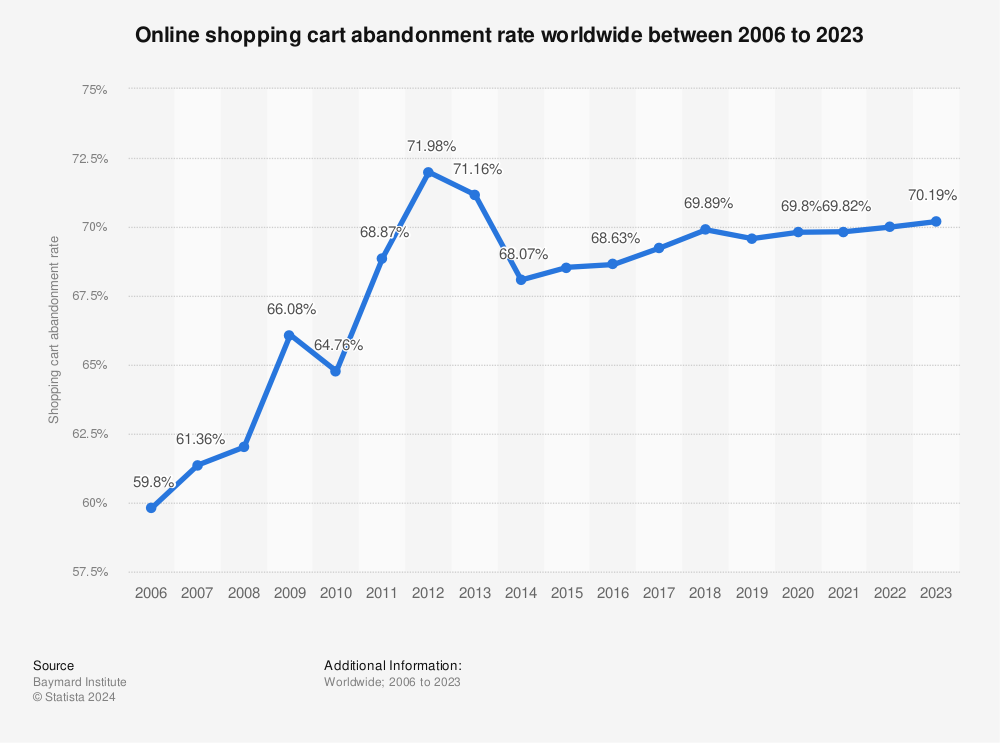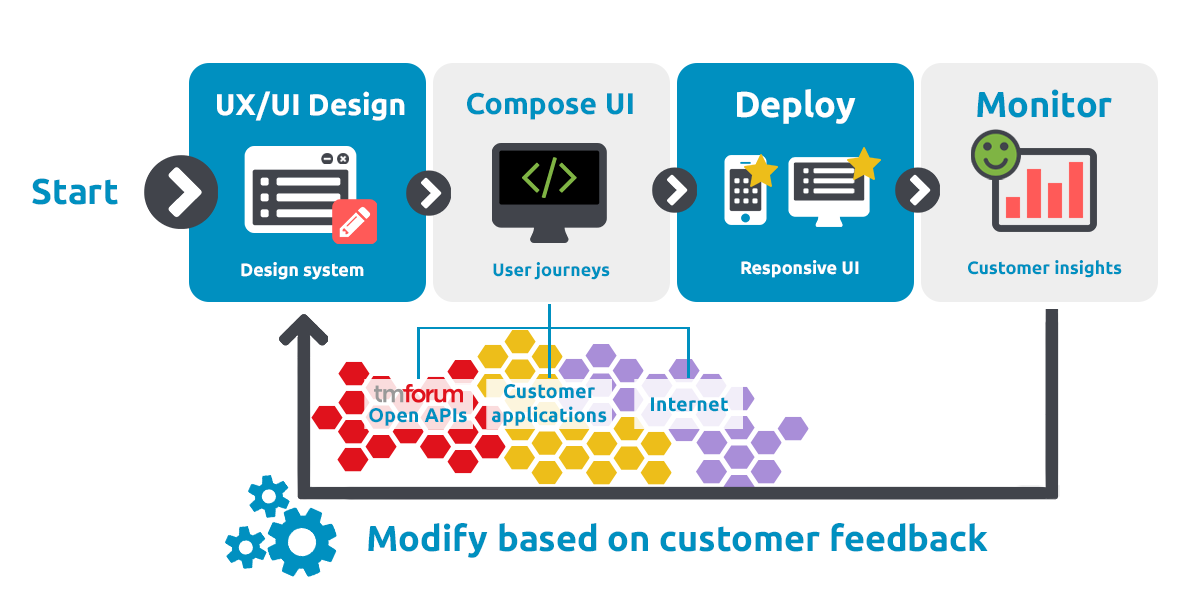How can CSPs craft the perfect digital customer experience?

Creating engaging digital platforms that keep customers coming back is not without its difficulties. In the second blog of a new series, Tiago Lopes asks: what can CSPs do to make crafting these experiences easier?
So, you have built a strong online presence with the goal of providing frictionless onboarding and exceptional customer experiences through your digital channels. Now, you face a new challenge: crafting customer journeys that culminate in new product orders via these channels.
However, these journeys aren’t just about simply making sales – they are about fostering engagement, enhancing your brand awareness, and implementing strategies to ensure that your customers opt to stick with you and keep coming back.
Given this, simplifying these experiences becomes no small feat, requiring extensive research of each user journey. Consider, for example, the process of ordering a connectivity service or porting a number from a different operator. Similarly, understanding an invoice with multiple lines, equipment, service consumption and promotions can be far from straightforward. These processes can be lengthy and require significant input from the end user.
User insights can reveal when users are abandoning shopping carts or giving up on solving a problem via a digital channel, necessitating continuous fine-tuning of processes to eliminate friction. In fact, the worldwide cart abandonment rate stood at nearly 70% in 2021, a sign of deep, systemic issues in the online buying journeys across all sectors:
Successful digital channels hinge on delivering customer experiences that not only reflect a brand’s unique values and market differentiators but also identify and address complex usability issues. The goal is to make digital user journeys as intuitive and simple as possible.
CSPs have traditionally relied on a team of in-house UX/UI designers to develop custom digital channels. However, these teams can be costly and CSPs often struggle with delivering these promised changes in a timely manner.
That’s why more and more CTOs are turning to composable UI architectures to launch new and effective services at scale. By decoupling the task of UI development from back-end services through low-code and no-code solutions, headless API-first applications can be easily integrated into existing workflows and customised by service providers to suit their needs.
Digitally focused CSPs are now adopting product-based solutions that enable business users to compose user experiences without developer resources.
These architectures are supported by considerable UI component libraries, which include both design and code. They not only accelerate delivery but also ensure consistent design across applications, enhancing the quality of user experiences.
After all, a complicated process can drive potential customers to pick up the phone, visit physical stores, or worse – check out the competition.
In his next blog, Tiago will explore how to increase digital engagement and ensure that these digital channels are anything but idle.



